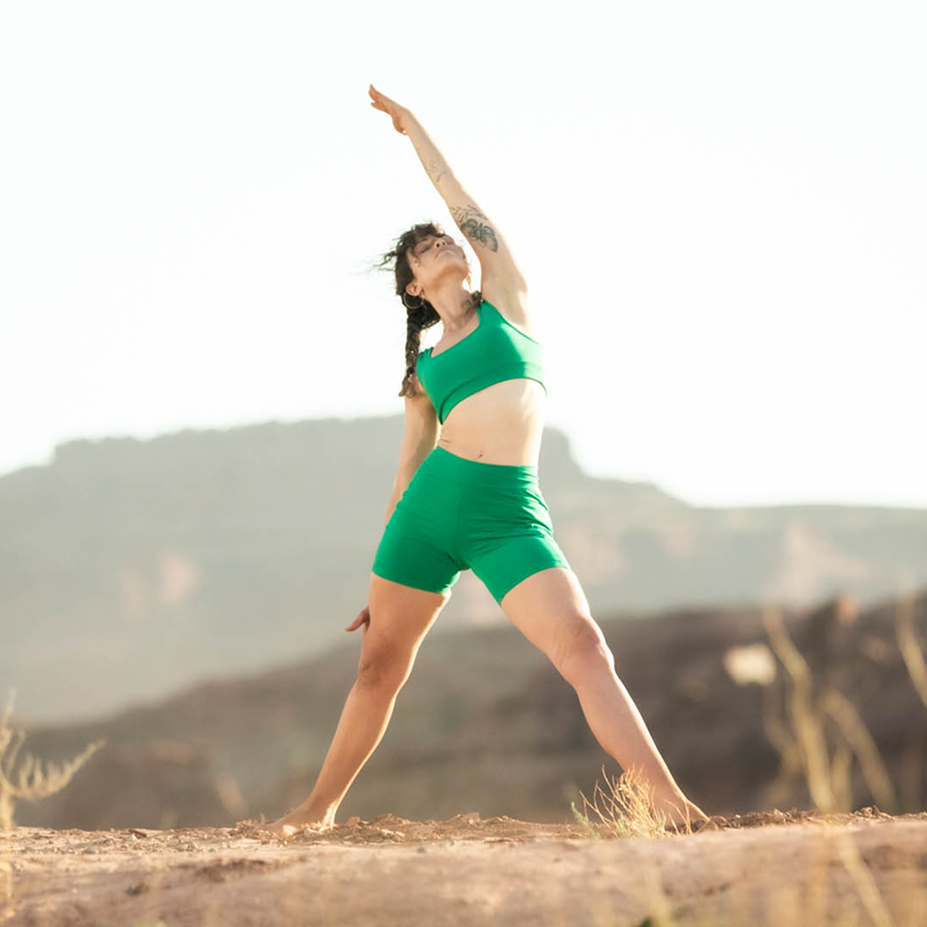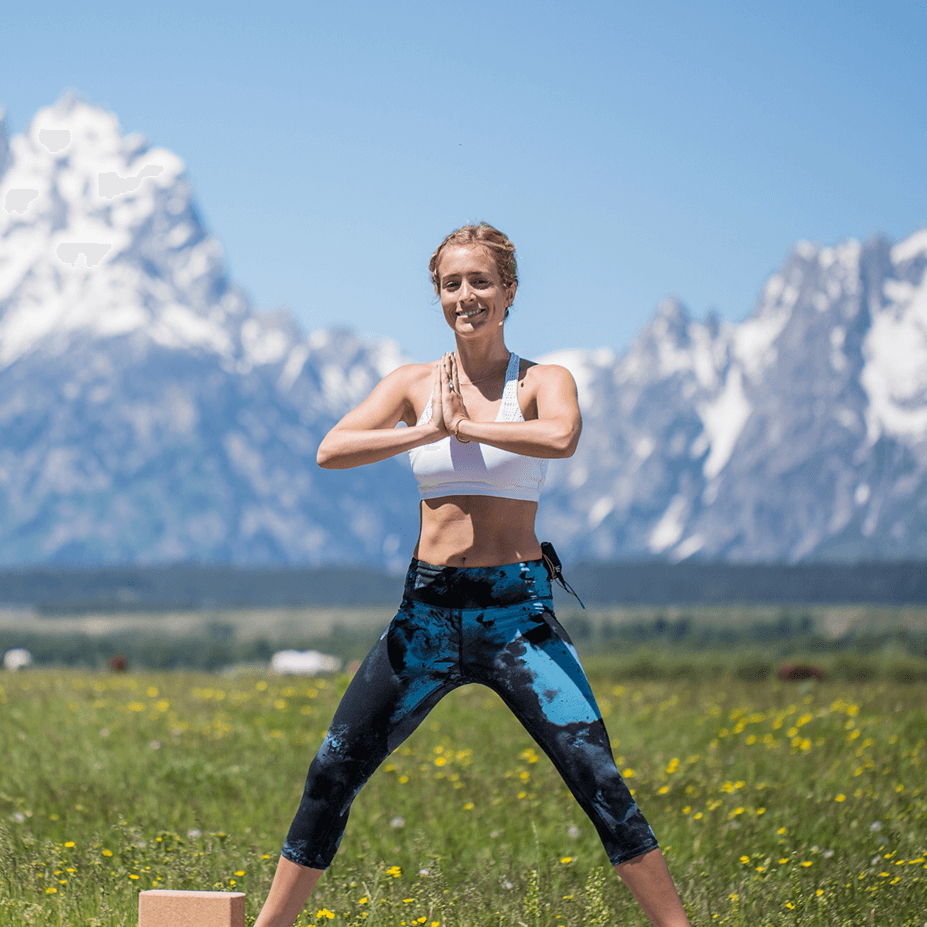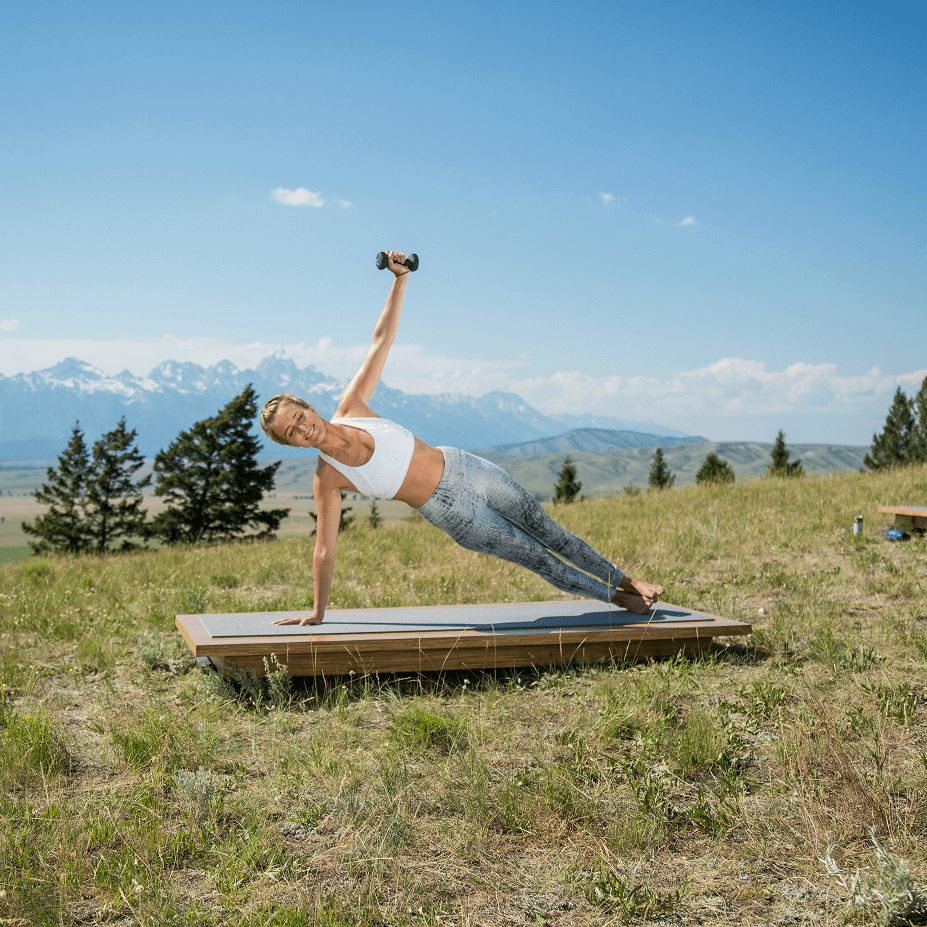Flow with Intention: Vinyasa as a Moving Meditation

Most people rush through vinyasa flows chasing the next pose. Class turns into a race to keep up with the instructor. But this misses the whole point. Vinyasa isn't about athletic achievement or perfect alignment. It's moving meditation where breath guides movement and transitions become sacred. Learn more about vinyasa in this post.
Understanding Vinyasa as Meditation
The Sanskrit word "vinyasa" means "to place in a special way." Intention matters. Awareness matters. Reverence for each movement matters. Connection between poses holds more power than the poses themselves. That transition from warrior to triangle? The breath that carries you from standing to seated? These moments transform you.
The Philosophy of Movement
Yoga is about breath, body, and awareness. Vinyasa provides more space for this integration. For example, holding a warrior pose requires focus, but moving from warrior to triangle requires sustained awareness through change. The space between poses becomes meditation. That moment before you lift your leg. The breath before you fold forward. Presence lives in the in between.
Moving vs. Static Meditation
Static meditation works well for calm minds. But movement can focus scattered thoughts better than stillness. Having some movement in your body provides an anchor when mental stillness feels impossible.
Adding Intentional Movement
The quality of movement makes a difference in your practice. Moving with precision and awareness makes even simple flows deeply transformative.
Quality Over Quantity
Making movement count requires focus. Feel your feet contacting the ground. Notice your spine lengthening. Slower movement boosts awareness by providing more time to feel sensation and notice breath.
Transitional Awareness
Make every micro-movement conscious. Weight shifting from foot to foot, hand placement, head position. Each detail is an opportunity for presence. Mindful weight shifts and foot placements prevent injury and build body awareness. Notice how small adjustments change your entire experience of a pose.
Working with Distraction
Mind wanders during flow? Gently return attention to breath. No judgment, just patient redirection. Distraction is normal. Practice is easier when you accept that distraction will be part of the process.
Finding Your Rhythm
You don’t have to make anyone else’s speed. Breath, body, and awareness set the pace for practice. Modify poses if they’re not working for you. The most important thing is to pay attention to and honor your limits.
Building Your Moving Meditation Practice
Start with simple sequences that allow focus on awareness rather than complex choreography. Basic patterns repeated mindfully create profound transformation.
Starting Simple
You can find 3-5 pose flows for beginners. Things like cat-cow to downward dog to standing forward fold. Simple patterns allow attention to settle on quality of movement. Once you are comfortable with that, you can design sequences based on what your body needs.
Developing Sensitivity
Feel energy shifts between poses. Opening poses create expansion, twists promote detoxification, forward folds encourage introspection. Let these qualities guide choices. Recognize when to pause or continue. Sometimes you need to stay longer in a pose, other times move quickly through. Sensitivity to these needs develops over time.
Adding to Your Experience
Use props to support contemplative practice. Blocks and bolsters allow longer holds without strain, creating space for deeper awareness. Create a ritual around moving meditation. Having that ritual honors the sacred aspect of practice.
Common Vinyasa Challenges and Solutions
Every beginner has obstacles in moving meditation. Recognizing common challenges helps navigate them with patience and skill.
Managing Physical Discomfort
Sensation changes and moves, pain tends to be sharp and localized. Know the differences. Use mild discomfort as part of meditation. Breathe with challenging sensations, notice how they shift and change. This builds tolerance for difficulty. But modify when needed. Don’t push through pain.
Mental Restlessness
Work with your busy mind. Don't try to stop thoughts, just notice them arising and passing. Thoughts are like clouds in awareness. Use repetitive movement to calm scattered thoughts. Sun salutations or simple flows provide rhythm that soothes the mind.
Slow, steady movement encourages calm thoughts. Quick, jerky movement often increases stress. And you’ll need to have patience with the meditation process. Some days awareness feels clear, others cloudy. Both are part of the journey.
Emotions That Arise
Movement can trigger stored emotions. Don't be surprised if sadness, anger, or fear arise during practice. Stay present with difficult feelings. Breathe through emotional waves, let movement help process what arises.
Deep breathing activates relaxation response and provides anchor during intense feelings. Practice somewhere you feel secure expressing emotions. This way, you don’t feel the need to attempt to avoid them.
Moving Beyond the Mat
Moving meditation principles can make daily activities a spiritual practice. Every action is an opportunity for awareness and presence.
Daily Life as Moving Meditation
Use breath awareness throughout your day. Check in with breathing during stressful moments, use conscious breath to transition between activities. You can even apply vinyasa principles to work. Move between tasks with awareness, taking space between meetings. Find ease, even in times of high effort.
Building Consistent Practice
Short daily flows work better than long weekly sessions. Ten minutes daily builds habit more effectively than occasional hour-long practices. You’ll need to adapt practice to life circumstances. Travel days might call for gentle stretches, stressful periods for calming flows, energetic days for dynamic movement.
If you’re having trouble making this part of your schedule, find community support for moving meditation. Practice with others who value having that awareness. You can share experiences and insights with each other.
It’s Time to Make Moving Meditation Part of Your Practice
Start where you are with whatever time you have. Even three conscious breaths with simple movement plants seeds for deeper practice. The journey from exercise to spiritual practice begins with single intention.
The body holds wisdom that stillness sometimes can't access. But you can let movement unlock this intelligence. Flow with intention and in time, you’ll discover the meditation that lives in motion.
YogaToday can help you start or supplement your practice. Our YouTube Memberships give you even more ways to experience our signature 4K outdoor yoga classes, structured wellness programs, and exclusive content. Join us on YouTube.


.png)







